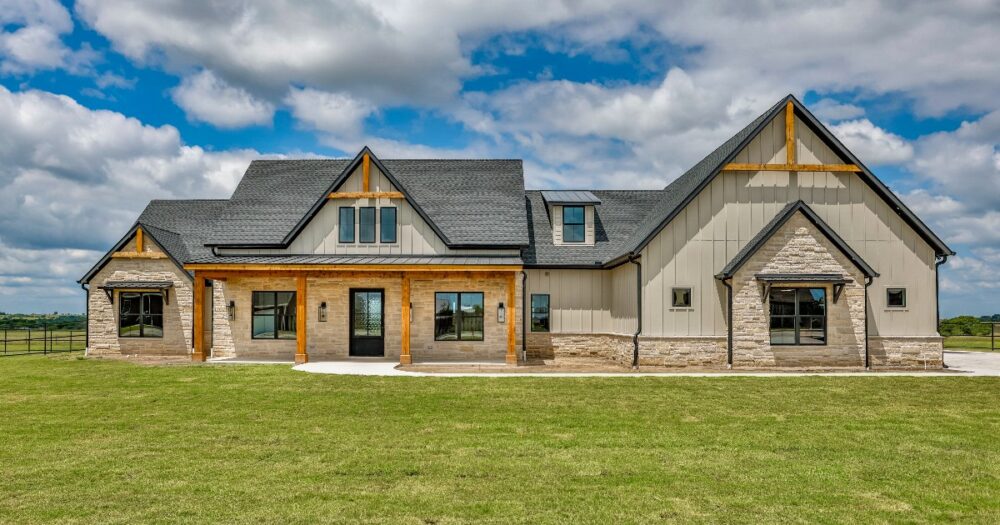Finding the Perfect Lot: Key Considerations for Your Custom Home
The lot you choose for your custom home will shape every aspect of your daily life for decades to come. According to the National Association of Home Builders, nearly 60% of custom home buyers spend more time selecting their lot than designing their actual home—and for good reason. The perfect location can enhance your lifestyle, protect your investment, and provide the foundation for memories that last a lifetime.
Many homeowners focus entirely on the house design while treating lot selection as an afterthought. This approach often leads to costly surprises during construction or long-term challenges that could have been avoided with proper planning. At Complete Construction, we’ve seen how the right lot selection process transforms not just building experiences, but the entire homeownership journey.

Essential Site Characteristics to Evaluate
The physical characteristics of your potential lot will directly impact both construction costs and your future comfort. Soil composition tops the list of critical factors, as different soil types require different foundation approaches. Clay soils, common in many regions, expand and contract with moisture changes, potentially affecting your home’s structural integrity over time. Sandy soils drain well but may require additional foundation support, while rocky terrain might increase excavation costs but provide excellent stability.
Topography and drainage patterns deserve equally careful attention. A gently sloping lot often provides the best balance of drainage and usability, while steep slopes can create dramatic views but may require expensive retaining walls or specialized foundation work. Standing water after rain signals potential drainage issues that could affect your basement, landscaping, and overall property value.
Utility Access and Infrastructure Considerations
Modern homes require reliable access to essential utilities, and the availability of these services can significantly impact your construction timeline and budget. Municipal water and sewer connections typically offer the most convenience and long-term value, though they may come with higher upfront connection fees. Well water and septic systems provide independence from municipal services but require ongoing maintenance and may face regulatory restrictions.
Electrical service availability varies dramatically between urban and rural locations. Some lots may require extensive utility line extensions, while others might have existing service ready for immediate connection. Natural gas availability can influence your heating, cooking, and hot water systems, affecting both construction decisions and long-term operating costs.
Internet and telecommunications infrastructure increasingly influence property values and quality of life. High-speed internet access has become essential for remote work, education, and entertainment, making it a crucial factor in lot selection.
Neighborhood Dynamics and Future Growth
The surrounding area will significantly influence your daily experience and property value over time. School district quality affects both families with children and resale value, as homes in highly-rated districts typically maintain stronger market appeal. Crime statistics, available through local law enforcement agencies, provide insight into neighborhood safety and security.
Future development plans in the area can dramatically alter your living experience. A quiet residential street might become a busy thoroughfare if commercial development is planned nearby. Conversely, planned parks, schools, or community amenities can enhance both lifestyle and property values. Local planning departments maintain records of approved developments and zoning changes that could affect your area.
Making Your Final Decision
Choosing the perfect lot requires balancing multiple factors while staying within your budget and timeline. Start by creating a prioritized list of your must-have features versus nice-to-have amenities. Consider how each lot aligns with your lifestyle needs, from commute times to recreational opportunities.
Remember that some challenges can be addressed during construction, while others represent permanent characteristics of the location. A lot with poor drainage can often be improved with proper grading and drainage systems, but a lot with a difficult commute or poor school district may require lifestyle compromises.
The investment you make in thorough lot evaluation will pay dividends throughout your homeownership experience. Take time to visit potential lots at different times of day and in various weather conditions. Talk with neighbors, review local development plans, and consider both immediate needs and long-term goals.
Complete Construction’s experienced team can guide you through every aspect of lot evaluation to start your custom home project on. Contact us today to schedule a consultation and take the first step toward building your dream home with us!
